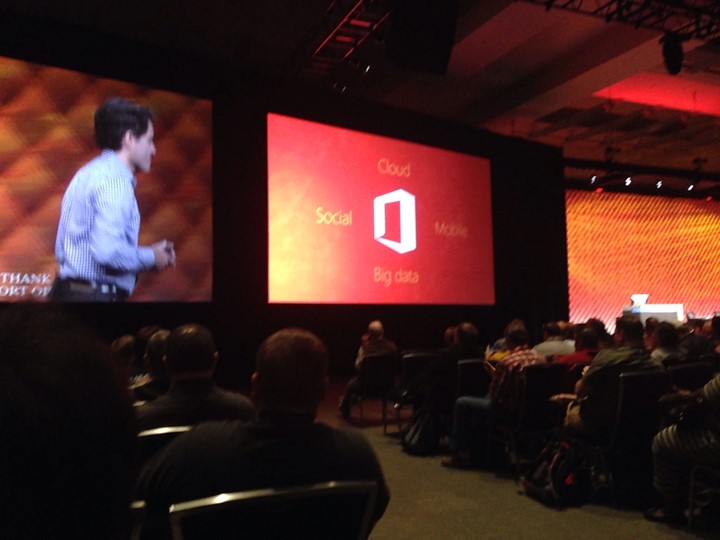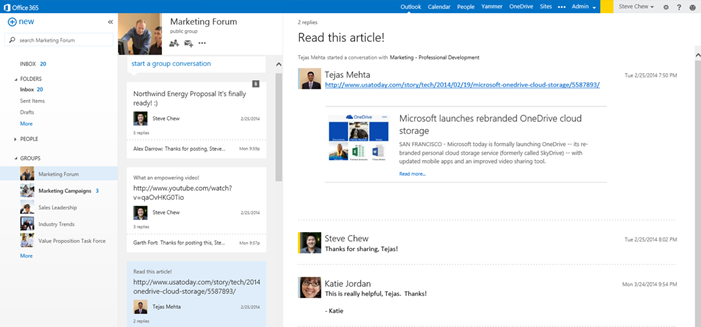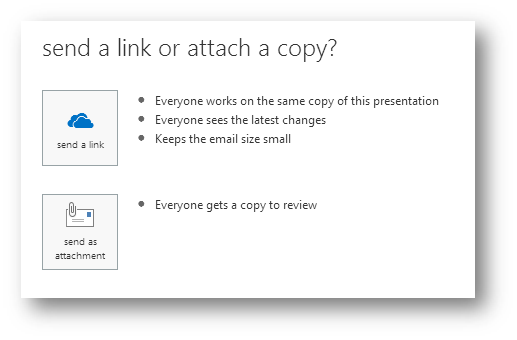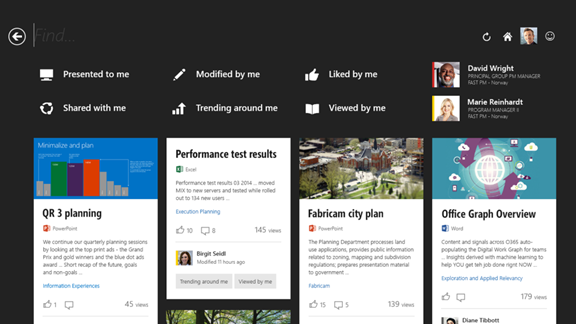Earlier this month I attended the Microsoft Exchange Conference in Austin, Texas, which was a fantastic opportunity to find out what is in store for the future of Exchange and to connect with other peers and people from the product groups at Microsoft. There were over 100 sessions meaning MEC was packed with loads of quality information – although it was impossible to get to see it all. It was great to see these sessions presented by the Program Managers, Lead Developers, MVPs and Masters.
It was really interesting to see what other people are doing with Exchange and to also understand how and why some things have been implemented the way they have. There was a really good balance between “this is how it should work” from the perspective of Microsoft’s design and intent, intermixed with “this is how it is being used” and “this is how it works in practice”.

The conference kicked off on Monday with a Welcome Keynote, which although the presentation format didn’t work very well, included some interesting narrative for the themes of the event, along with some very entertaining (although not very educational) videos which can be viewed here.
As well as the standard “breakout” sessions, there were also loads of “unplugged” sessions where you could interact with members of the Product Team to discuss a variety of topics. There were loads of very interesting questions and it was interesting to see some of the recurring themes that seemed to crop up and a great opportunity to provide direct feedback to the relevant people at Microsoft. The session highlight for me I think was The UC Architects Live on the last day – it should be published pretty soon so keep an eye out for their podcast.
Although there were no huge announcements at this years’ conference, there were some great insights into Microsoft’s direction and also some improvements that in some cases have been long awaited:
Social
Enterprise Social, namely Yammer, was probably the biggest thing that everyone had an opinion on. It looks like there are some really interesting things on the horizon with Yammer and its integration with Outlook, SharePoint and OneDrive for Business. To achieve this, Microsoft will be releasing a new Active Directory feature called Unified Groups, which will mean for the first time there will be a shared permissions model across Exchange, SharePoint, Yammer and OneDrive for Business with Group Workspaces provisioned and accessible across each platform – all managed from Active Directory in much the same way as Distribution Lists are today.

Cloud First Strategy
A constant theme throughout the conference was that Microsoft is now embracing a “cloud first, mobile first” strategy. This means that new features to be introduced to Exchange will be seen in Office 365 first and the real star of this show is going to be Outlook Web App. There are a number of new features being released, one of which is the ability to link to documents in OneDrive for Business rather than sending attachments.

These features will make their way into the Outlook client and eventually will make their way into the on-premises versions of Exchange, however these are likely to be v-Next inclusions rather than included in CUs or SPs.
Big Data
A tool called Office Graph is what Microsoft is using to enable and enhance the “social workplace” by unifying our communications with the intent of unlocking more productivity. Microsoft demonstrated a new feature codenamed “Oslo” which will use Office Graph functionality to present data and documents to you from Exchange, SharePoint, OneNote etc. and it will unify results for people, profiles, conversations, emails, calendars and files across Office 365.

Additionally, based on the information that individuals have access to (such as their email conversations, and documents they work on) Microsoft is able to offer you a “personalised experience” in ways such as cleaning up your inbox for you (intelligent message triage instead of inbox rules, flags, categories etc) by moving all “clutter” out of your primary Inbox view, and by providing other views for the people you communicate with the most and the groups that are most relevant to you.
Out of my notes, there are some interesting things worth mentioning:
- OWA app is soon to be released for Android users.
- OWA in Office 365 will be the first to get new features including Clutter filters, People-view and Groups.
- OWA in Office 365 will integrate with Yammer
- Instead of sending attachments in OWA, it will be possible to upload your files to OneDrive for Business and send a link – with editing permissions granted automatically to the email recipients
- Multi-Factor Authentication and SSO will be supported in Outlook and Office by the end of the year
- MFA and SSO will require MAPI/HTTP
- Install .NET 4.5.1 on CAS to optimise MAPI/HTTP performance
-
Exchange sizing guidelines have been updated to reflect some of the new features in Exchange 2013 SP1:
- The recommended page file size is now 32778 MB if your Exchange server has more than 32GB of memory. It should be a fixed size and not managed by the OS.
- CAS CPU requirements have increased with 50% to accommodate for MAPI/HTTP. It’s still lower than Exchange 2010
- The recommended page file size is now 32778 MB if your Exchange server has more than 32GB of memory. It should be a fixed size and not managed by the OS.
- Exchange recommended deployment should consist of 4 database copies, 3 regular 1 lagged. File Share Witness would ideally be located in a 3rd datacentre.
- Lagged copy, lagged copy, lagged copy. Use it.
- NFS is not supported for hosting Exchange data.
- You can add “/mapi/emsedb/?showdebug=yes” to your OWA URL to get diagnostic and session info for MAPI/HTTP
